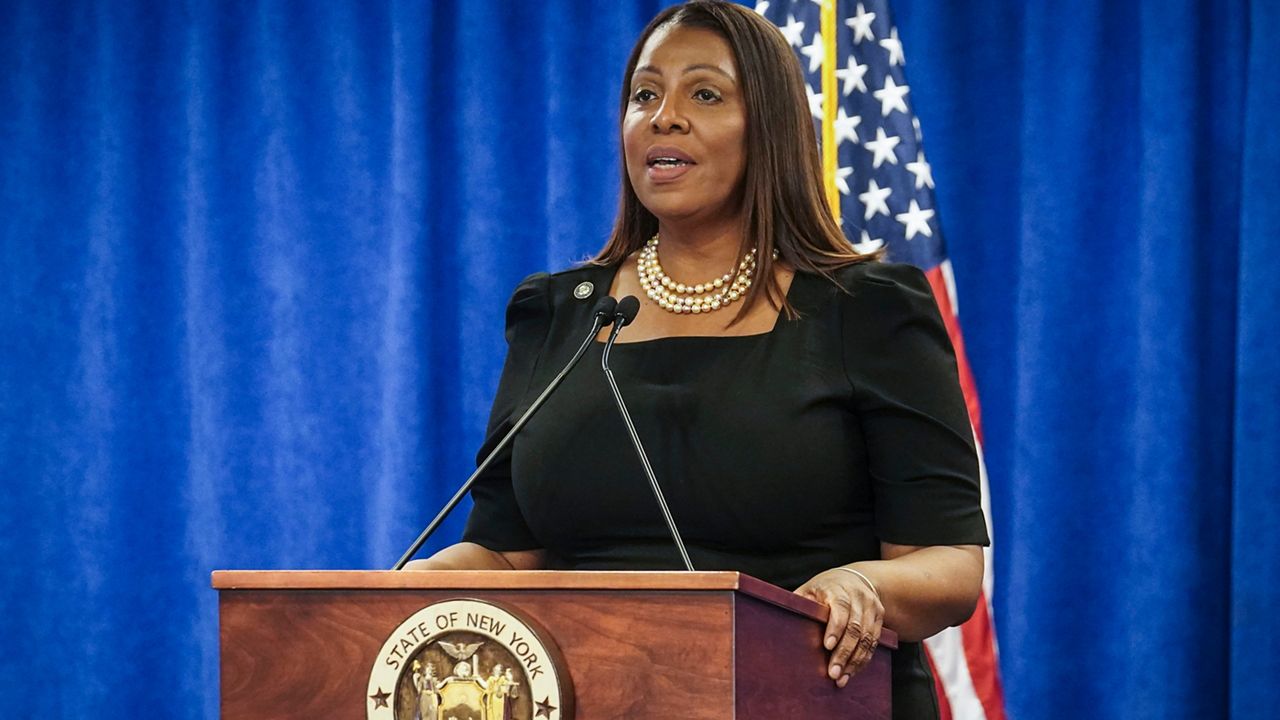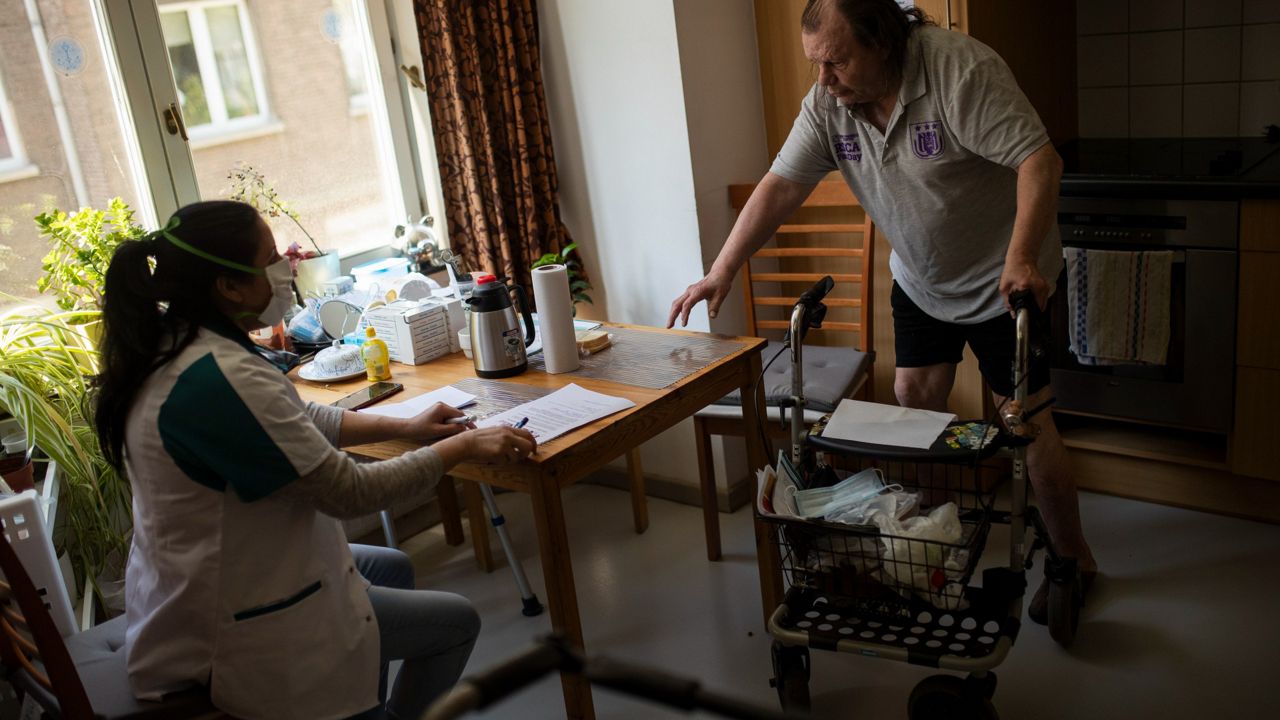Speech-language pathologist with Herkimer BOCES, Erin Reed has been working in the field for 20 years. Throughout her career, she's noticed there are more students who need help with speech development.
“We are seeing an increase in the use of technology with students to help with communication, and there’s just been a larger population of children between the ages of 3 and 5 in need of speech therapy,” Reed said.
Reed is an advocate for early intervention and says the CDC guidelines provide the baseline that physicians go by when evaluating a child's development. That's why she says she is concerned about the CDC’s recent revisions to their language and communications milestones, which includes a shift in what is now considered a child on track.
The CDC is recommending an 18-month-old should be able to say three or more words besides “mama” or “dada.”
According to a spokesperson from the CDC, the updated recommendations "reflect what most children (75% or more) would be expected to exhibit by specified ages to better identify potential concerns."
The American Speech-Language-Hearing Association recommends 20 or more words, and then 50 or more by 24 months old. That's the standard Reed says her department goes by.
“There is a critical development in the brain between the ages of 1 and 4," Reed said. "So if we really can work with these children as much as possible during that time, we could hopefully decrease some of the gaps that they have. We go by the developmental milestones that the American Speech and Hearing Association sets forth, and right now with the new guidelines, there’s a drastic difference."
“The next one that kind of threw a red flag was 30 months, so at two-and-a-half, the American Speech and Hearing Association recommends a children have 400 words, whereas the CDC guidelines say 50,” she said.
Reed raises concerns on the CDC’s standards, as children won’t get the early intervention that she says they need.
“They’re going to get red-flagged or they’re going to get identified later on in life, and then you’re going to have a 3-year-old who could have benefited from receiving therapy at the age of 2,” said Reed.
Per the CDC, "in the process for review and revision, data was not available to support inclusion of all previous milestones, some milestones were kept, and some milestones were moved."
The agency cited the following reasons for adjustments:
- To be able to offer a free milestone checklist for every age at which there is an American Academy of Pediatrics (AAP) recommended well-child health supervision visit between 2 months and 5 years, which meant adding the 15- and 30-month checklists
- To assign milestones to ages when most children (75% or more) would be expected to exhibit them
- To address parents’ and early childhood professionals’ feedback that having very similar milestones across checklist ages was confusing, especially in terms of knowing when to take action on possible developmental concerns
"The CDC’s milestones are not developmental screening tools, nor are they new standards or guidelines," said an agency spokesperson in a statement to Spectrum News 1. "They are communication tools that aim to promote developmental monitoring and to encourage conversations between parents, doctors, and early childhood providers about child development."










